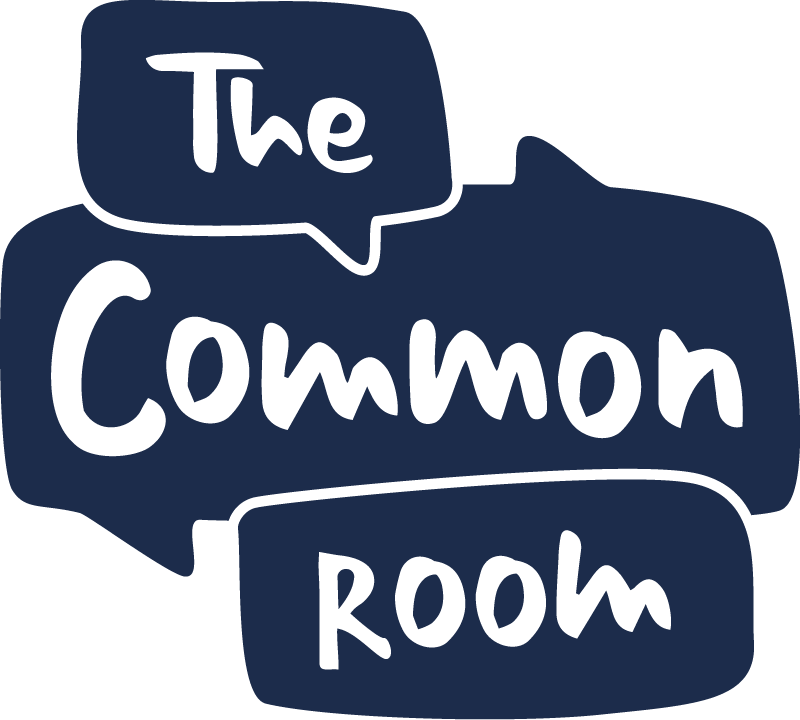Enhancing democracy: The case for a second chamber in New Zealand’s Parliament
Thomas Cranmer, Contributing Writer
8 July 2023

New Zealand’s parliamentary system has long been admired for its democratic principles and progressive governance although it has increasingly come under strain and criticism over recent years. In particular, the use of urgency to rush laws through Parliament and the curtailing of public consultation during the legislative process has led to criticism from legal commentators, the media and notable constitutionalists such as Sir Geoffrey Palmer. Treaty politics has also intensified along with the use of the much-maligned concept of co-governance.
Internationally, there is a general trend towards devolution of some powers typically held by central governments to local bodies. Tony Blair, for instance, instituted reforms that saw political powers devolved from Westminster to Scotland, Wales and Northern Ireland.
Whilst greater community involvement is generally considered a worthy idea, a great number of New Zealanders instinctively believe that co-governance is not the answer.
What then is the solution? How can democracy in New Zealand be enhanced in a manner which accommodates voices from all parts of the country?
One notable aspect missing from our legislative framework is a second chamber in Parliament. It was once a feature of our Parliament and there may be a compelling case for its return. Advocates argue that reinstating a second chamber would not only improve the quality of legislation but also provide a greater voice to communities and ordinary New Zealanders.
From 1853 to 1950, New Zealand had a bicameral legislature, consisting of an elected House of Representatives and an appointed Legislative Council. The Legislative Council was initially established as a “revising chamber” with the purpose of providing a thorough examination and critical assessment of legislation. However, the upper house of New Zealand’s bicameral legislature gradually experienced a shift in its membership dynamics. Over time, the government’s influence and control over appointments to the upper house increased significantly. As a consequence, the composition of the chamber became less representative of the diverse voices and perspectives found throughout the country.
With a lack of diversity and representation, the upper house lost touch with the needs and aspirations of the broader population. The voices of ordinary citizens and communities across New Zealand were overshadowed as the upper house became more aligned with the government’s interests and agenda. This erosion of representativeness and effectiveness significantly weakened the chamber’s ability to fulfil its intended role. As a result, the second house was abolished in 1950.
If a second house were reintroduced to New Zealand’s Parliament, it would be imperative to implement robust safeguards to prevent the recurrence of the failures experienced in the past. One crucial safeguard would involve establishing a clear and transparent process for appointments or elections to the second chamber, ensuring that it remains independent from the government’s influence. This would help maintain a diverse composition and prevent the chamber from becoming a mere extension of the government’s agenda.
In modern New Zealand, a second chamber would significantly improve the quality of legislation by introducing an additional layer of scrutiny and review. With two chambers, laws would undergo more rigorous analysis, leading to a better examination of their potential consequences and unintended impacts. This would ensure that legislation is well-crafted and considers a broader range of perspectives, leading to more effective governance.
Moreover, the second chamber could serve as a platform for specialised committees focused on specific policy areas. These committees would consist of experts in their respective fields who can provide in-depth analysis and propose necessary amendments. By leveraging their knowledge and experience, the second chamber can contribute to crafting more comprehensive and informed legislation.
A second chamber would provide a forum to safeguard minority rights and provide some check against any potential tyranny of the majority. By allowing for more comprehensive deliberations and consensus-building, a second chamber can act as a check against hasty decision-making. This ensures that the interests of diverse communities and marginalised groups are adequately represented and considered during the law-making process.
Additionally, the second chamber could have provisions for the inclusion of representatives from indigenous communities, recognising the unique rights and perspectives of Māori and other indigenous groups in New Zealand. This would ensure that their voices are heard, and their interests are protected within the legislative process.
In a unicameral system, the government of the day often holds a significant concentration of power. A second chamber would introduce a valuable mechanism to balance this power and promote greater accountability. It would offer an opportunity for sober second thought and critical evaluation of government policies, preventing potential abuses of power and ensuring a more balanced representation of the nation’s interests. Certainly there has been much criticism about the manner in which this current Labour government has used its power within Parliament to force through laws. In late 2021 Sir Geoffrey Palmer commented that the emergency powers that Labour had rushed through the House under urgency during Covid were more extreme than war-time powers. Greater scrutiny, even under urgency, would undoubtedly have improved those laws, and provided more comfort to those that considered that Bill of Rights considerations were not given enough weight.
The second chamber could have different mechanisms for member appointment or election, ensuring that it remains independent from the executive branch. This independence would enable the second chamber to review and challenge legislation proposed by the government, fostering a healthy system of checks and balances.
A second chamber could be designed to provide better regional representation, giving voice to communities across New Zealand. By electing representatives from distinct geographical areas, the second chamber would provide a platform for local concerns, promoting decentralisation and strengthening the bonds between communities and their elected representatives. This would allow for a more inclusive and responsive democratic process.
Furthermore, the second chamber could incorporate proportional representation, ensuring that smaller parties and regional voices have a fair chance of being represented. This would prevent the dominance of major parties and encourage the inclusion of diverse viewpoints within the legislative process.
The short-term nature of political cycles often hampers the implementation of long-term policies. A second chamber, with its potential for a more extended term of office for its members, could help foster a more forward-looking approach to legislation. Members of the second chamber would have the opportunity to focus on long-term planning, ensuring that decisions are made with future generations in mind.
By taking a broader perspective and considering the long-term implications of legislation, the second chamber would contribute to the stability and sustainability of New Zealand’s governance. It would help mitigate the influence of short-term political agendas and enable lawmakers to make decisions based on the nation’s long-term interests.
A second chamber can serve as a bridge between the government and the people. It offers an avenue for ordinary New Zealanders to participate in the legislative process. The second chamber could include representatives who are directly elected by citizens, ensuring that the concerns and aspirations of the public are directly reflected in the law-making process.
Furthermore, a second chamber would provide more opportunities for public consultation and engagement, allowing citizens to have their voices heard on important matters. This would lead to a more inclusive and participatory democracy, where citizens feel empowered and connected to the decision-making processes that shape their lives.
Reintroducing a second chamber in New Zealand’s parliamentary system has the potential to enhance democratic governance, improve the quality of legislation, and give a greater voice to communities and ordinary New Zealanders. By providing a check on government power, protecting minority rights, offering a platform for regional representation, and fostering long-term vision, a second chamber would ensure a more robust and inclusive decision-making process. Additionally, it would strengthen public engagement and create a closer bond between the government and the people. As New Zealand continues to evolve, it is worth considering the benefits of reinstating a second chamber, safeguarding the principles of democracy, and creating a stronger future for the nation.
Thomas Cranmer is a lawyer with over 25 years’ experience in some of the world’s biggest law firms. He divides his time between the UK and NZ. He writes on Substack exploring issues facing NZ under his nom de plume, Cranmer.
To receive pieces like this in your inbox subscribe to our newsletter.




